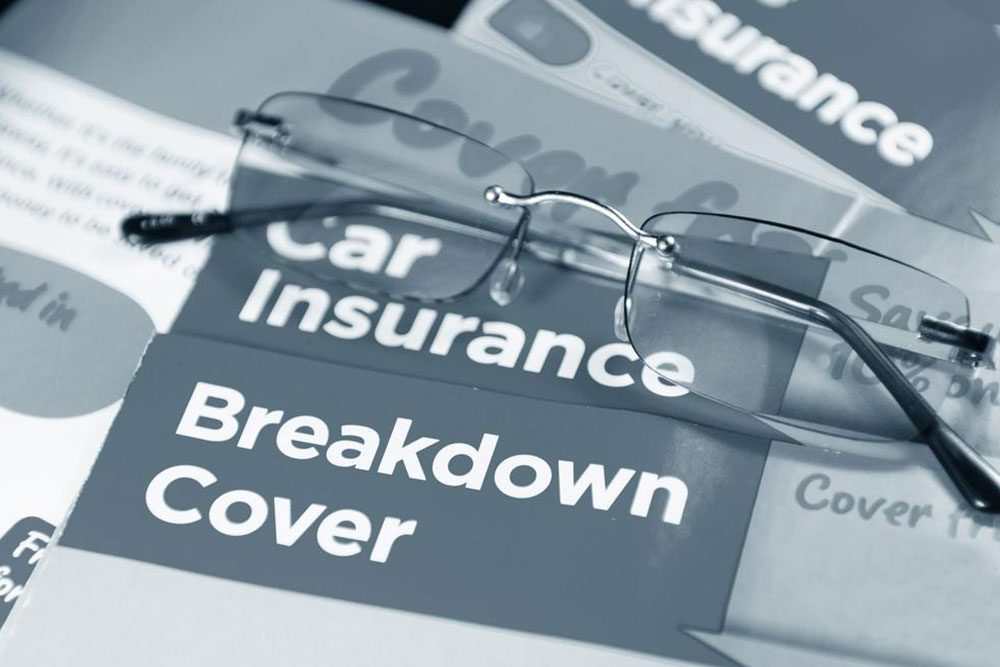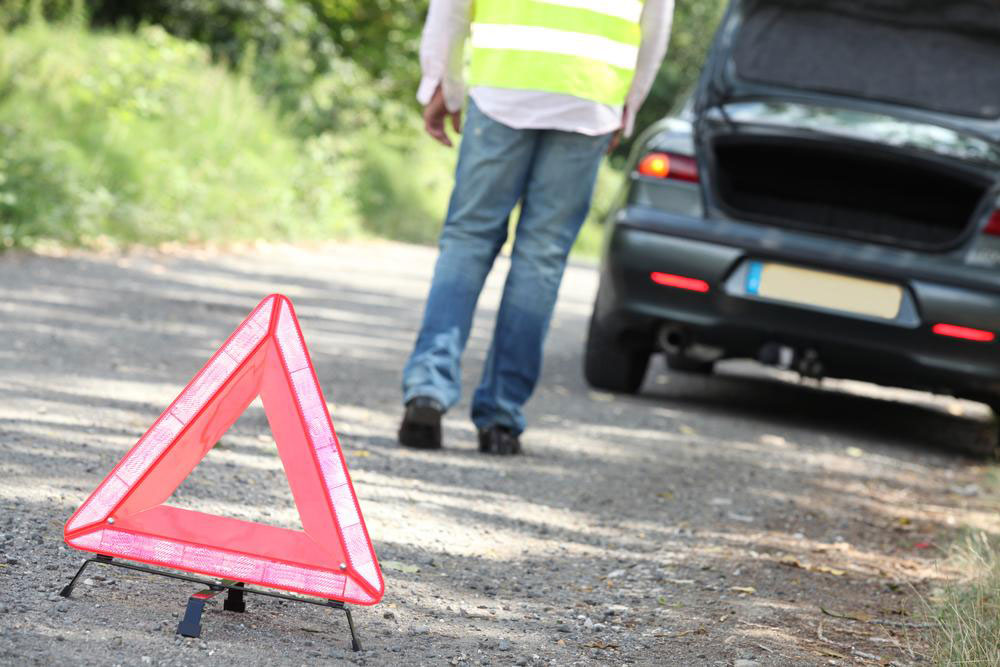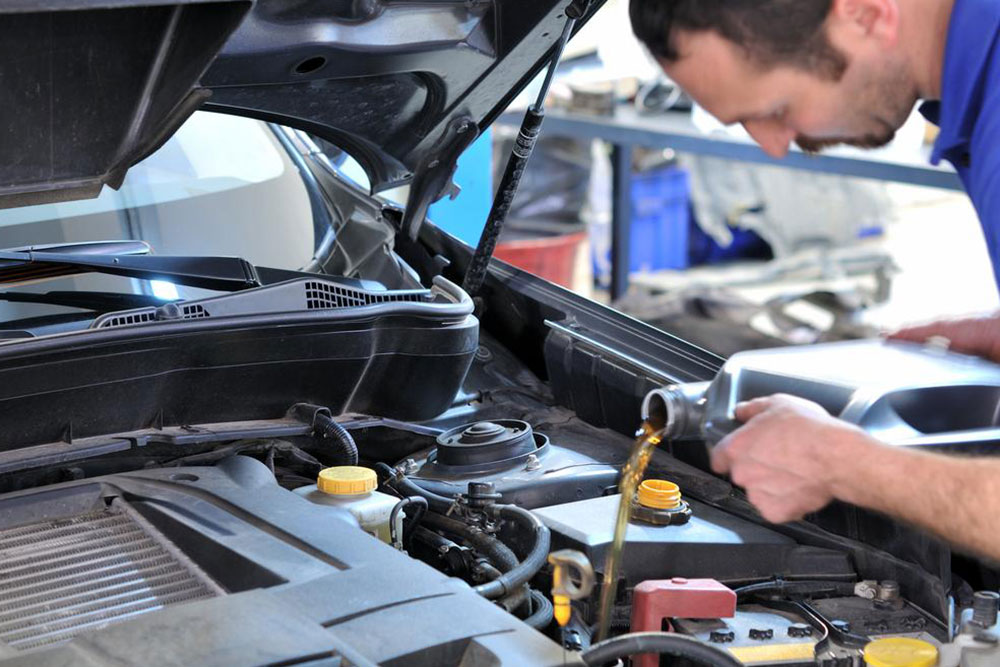Essential Guide to Vehicle Breakdown Cover
Discover everything you need to know about vehicle breakdown cover, including its benefits, coverage options, and who should consider getting it. This guide helps drivers choose the right protection plan for peace of mind on the road, especially during unexpected vehicle issues. Understand coverage details and exclusions to make an informed decision and stay prepared for emergencies.

Essential Guide to Vehicle Breakdown Cover
Experiencing a sudden vehicle breakdown can be stressful and disruptive. Having a breakdown cover offers quick assistance and peace of mind when driving, ensuring you're not left stranded. Before choosing a policy, it's important to understand what breakdown cover entails, its benefits, costs, and coverage details.
Common Causes of Vehicle Breakdowns
Typical reasons include dead batteries, flat tires, lost keys, engine failures, fuel issues, unreliable clutches, among others.
What is Breakdown Cover?
Standard breakdown policies typically include roadside assistance and vehicle recovery. For example, AARP's Basic plan offers nationwide towing (up to 5 miles), tire changes, battery boosts, and fuel delivery. Generally, breakdown cover provides three main features:
Roadside Assistance: Basic help for starting or fixing your vehicle at the scene and transportation to a nearby garage.
Vehicle Recovery: Moving your vehicle and you to your home or preferred destination, going beyond roadside help.
Trip Interruption Coverage: Assistance during long-distance trips (over 100 miles), which covers issues like accidents or theft that halt your journey.
Who Should Consider Breakdown Cover?
This coverage is beneficial for regular drivers, commuters, travelers to remote areas, and owners of older vehicles. It offers peace of mind and financial security in case of unexpected vehicle issues.
Important Exclusions
Be aware of coverage limits, such as mileage caps, number of callouts, or specific breakdown reasons. While services like fuel delivery are included, fuel costs are your responsibility. Always read the policy details to understand what’s covered and what’s not.
Note:
The information shared here is for general guidance. While our content aims to inform, it shouldn't replace thorough research or specific policy advice. We are not responsible for discrepancies or new schemes outside the scope of this article.









